Reebok is a company not immediately associated with running. In the 80s, the brand, part of the Adidas Group since 2005, was heavily into aerobics and older folks will remember their famous Olympic advertising campaign starring Dan and Dave, decathletes who were supposed to go head-to-head in the 1992 Olympics. (Dan never qualified but the clips, which aired in heavy rotation, are still an iconic part of the sports advertising canon).
Fast forward to 2017 and the brand—now based outside of running-rich Boston, where New Balance and Saucony also call home—is investing steeply into running, with the Floatride Run out this season and available at the Running Room, and as many as ten new shoe lines expected this year. Does the running world really need another new sneaker? And with so many shoes already out there, what can the Floatride do that other shoes haven’t already done? Curious about the next iteration both of this company and this new sneaker, iRun GM Ben Kaplan spoke with Dan Hobson, the VP of Innovation from Reebok’s Global head office.
iRun: It’s interesting to see you guys move into running, which feels like, to me, an already crowded field.
Hobson: We, as Reebok, we love running and this is our re-commitment to our heritage. J.W. Foster, in 1894, before the company was set up, built his own running shoes to go faster at his track club in England and our history and spirit is in running. This shoe launch marks us getting back to running, which is what we love.
iRun: But how can you do another shoe launch? Isn’t it yet that anything that can be done has been done?
Hobson: That’s a good question, but we really don’t think so or we wouldn’t have bothered and what we made—the Floatride, is a result of us talking directly with runners. We’re re-thinking what a running shoe can be and translating the current problems runners have with more modern materials. Look, I’ll be frank: between ourselves, and plenty of other companies, if you want a traditional running shoe, there’s plenty of options. The way innovation works is you’ll have a certain material that comes in and the evolution of that continues on that path until a new thing is introduced.
iRun: And you’re introducing something new today?
Hobson: Yeah, we really are. We’re at the tail end of traditional EVAs, foams in particular are coming into play, and there will be another revolution with rapid prototyping.
iRun: Keep going.
Hobson: The Floatride 1 is the next big step forward in materials, as far as foams go. It’s unlike any foam and it’s what we’ve been working on for two and a half years. You’ll see it in our curring shoe and coming down in iterations of that, down that path, and you’ll see some really high-performance racing shoes come out and some other products, less in the performance space. We’re looking at running as not just being for one runner.
iRun: So do you see it like there’s a gap in the running shoe market that Reebok stands to fill?
Hobson: We didn’t look at the market. We started with the runners and said, ‘What do you want?’ And we looked at different types of runners and said, ‘Imagine what the possibilites could be with the ultimate running shoe.’ It was connecting with runners, less about, ‘Hey, there’s a space in the market where we can be.’ It was: what do runners want? What do I want to run in?
iRun: OK, so, what do we want?
Hobson: To feel in the zone. The word we got from people was to be “floating,” that came from runners. I run, but I never said “floating,” but that was what we heard and so it became about: how can we help runners feel like they’re in that place? We want to get them there quicker, and we had our new foam and we knew we can deliver to the consumer—to the runner—the experience that they want of loving to run.
iRun: What is this crazy foam?
Hobson: There’s one place in the world that can manufacture it and get the material to turn into the foam. The material has been around, it’s just difficult to work with and convert with the polymer to make it applicable. Think about it like this: there are different classes of plastics and this is the highest end of super polyamers and super plastics. We start with the best materials, and you get different properties. With the better foam, you use less of the material, so the walls of each cell are thinner and more consistent. The Floatride maintains a resilient consistency across the material and delivers it at half the weight of a normal foam.
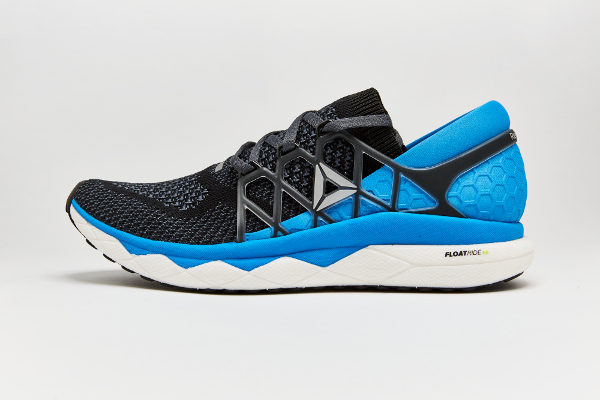
iRun: Less weight, quicker sneaker, that makes sense. Can you talk a little bit about the development?
Hobson: When we were building up run, we were building a racing shoe. The whole thing with Float foam would be “cushioning without compromise,” you want a racing flat to be light and thin and to reduce traction down to the barest pieces, but if we could take a material with full cushioning and make it light, you start getting to interesting places. Energy resiliency is something we’ve been working on.
iRun: It’s just hard to imagine there’s still foams out there that haven’t been discovered yet after so many years of so many new innovations and so many new shoes.
Hobson: The way we discovered it actually is that we were working on a space boot for a company in Massachusetts that makes space suits and they were looking to make their gear lighter, something compatible with their pressurized suit. The boots they use now are 4-pounds each, like old flight boots, and the astronauts didn’t want those clunky things, they wanted a running shoe. So we used the Float foam in the boot and holy crap—it was amazing. That was the same time we were talking to runners and, you know, it was a once in a lifetime project.
iRun: And you’re a Reebok lifer and this shoe is your personal mission, right? You’ve been with Reebok since 1999?
Hobson: Yeah, I started as an apprentice and have been here ever since. I mean, the company went through heavy changes. It was owned by Paul Fireman and bought by Adidas in 2006, and there were different ideas on how you run a company. I lived through that and I think, as far as running goes, we were much broader in the early 2000s and did a lot of different things with performance and running shoes. We were spread pretty thin and lost our way a little bit, but Adidas came in and focussed on fitness and running and I feel like the re-commitment really began three years ago.
iRun: That’s where the journey to create Floatride began?
Hobson: Yeah, we restructured the way the group was set up with the running business unit and there was a conscious effort to reconnect with runners. It was myself and the GM of Running, Scott Daley. It was a big group of people and the people on our team are all runners and we craved the authenticity of a product we weren’t creating. Reebok is running. We really are a running company. We didn’t want to make a gimmicky product. We wanted to make a real running product that we’d want to wear.
iRun: And you feel like you did that?
Hobson: Put it on your foot and see what you think. We love it.
This is part one of a two-part story. Up next, Ben Kaplan takes the Floatride for a ride.




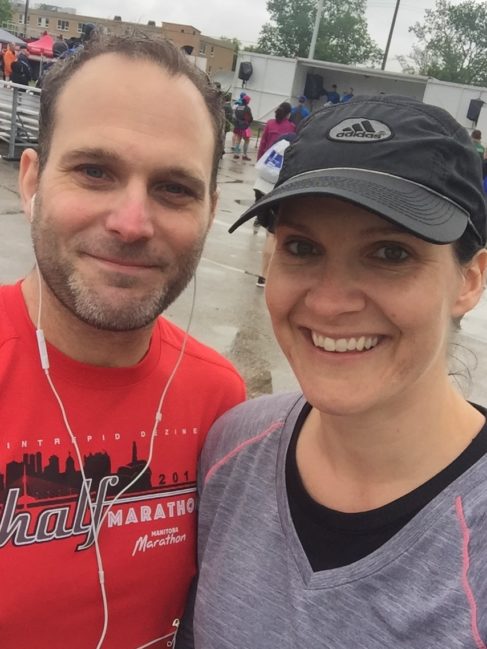
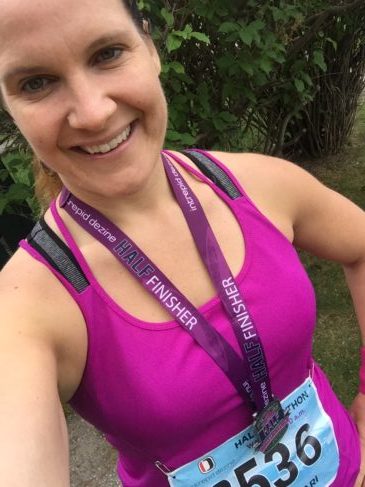

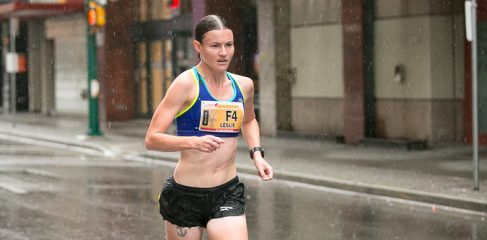

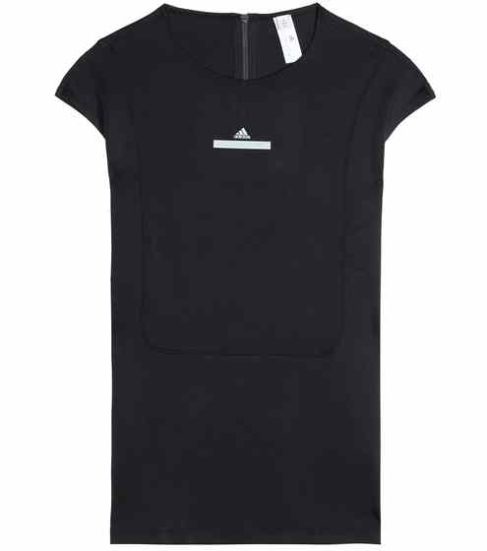
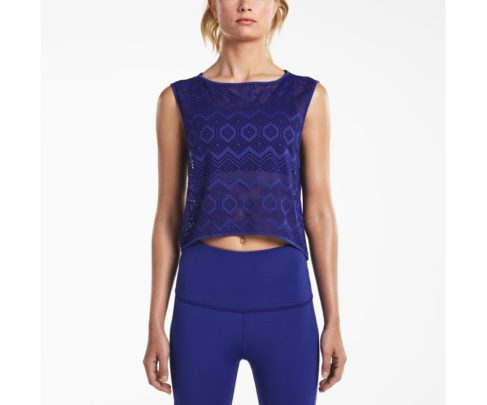
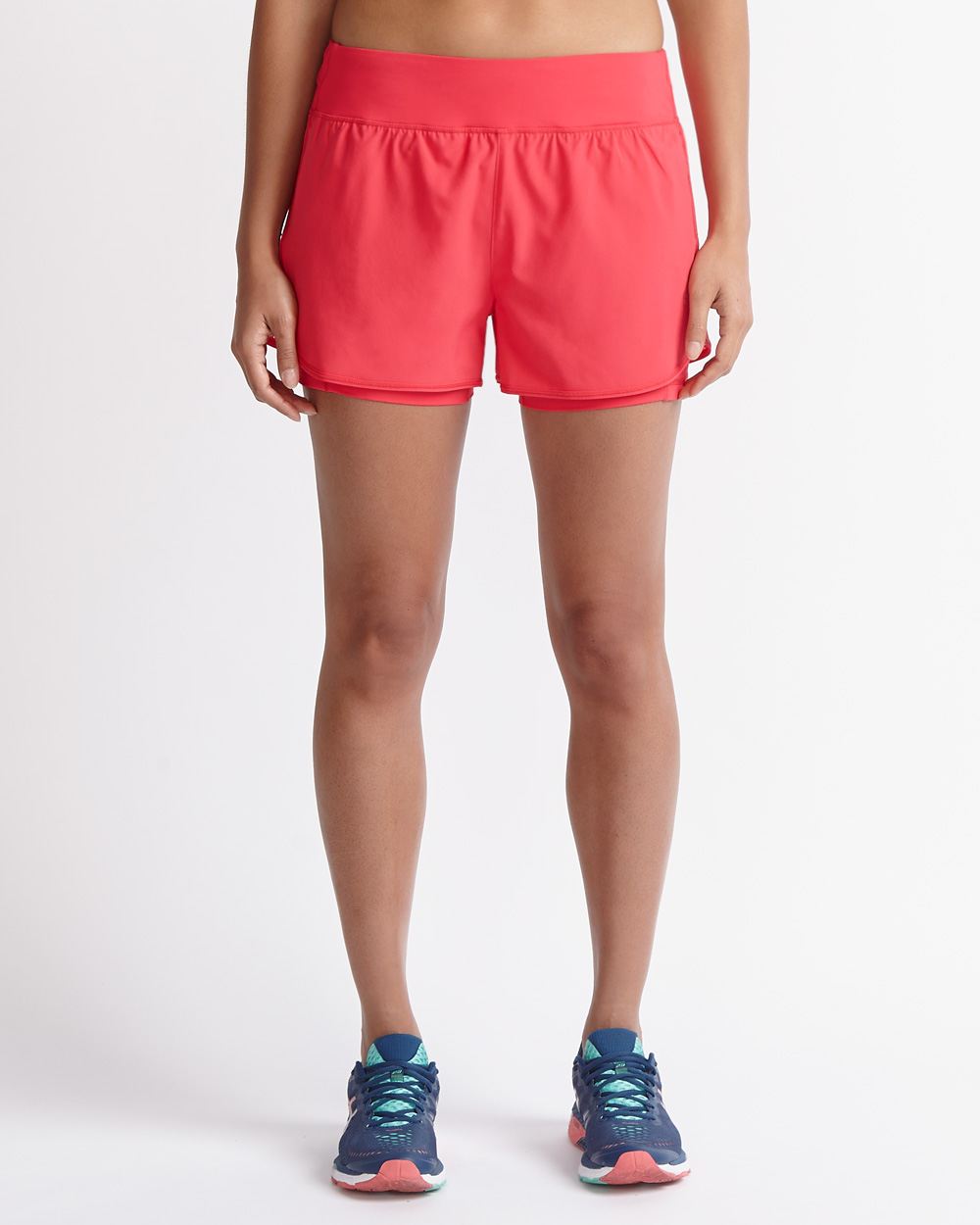

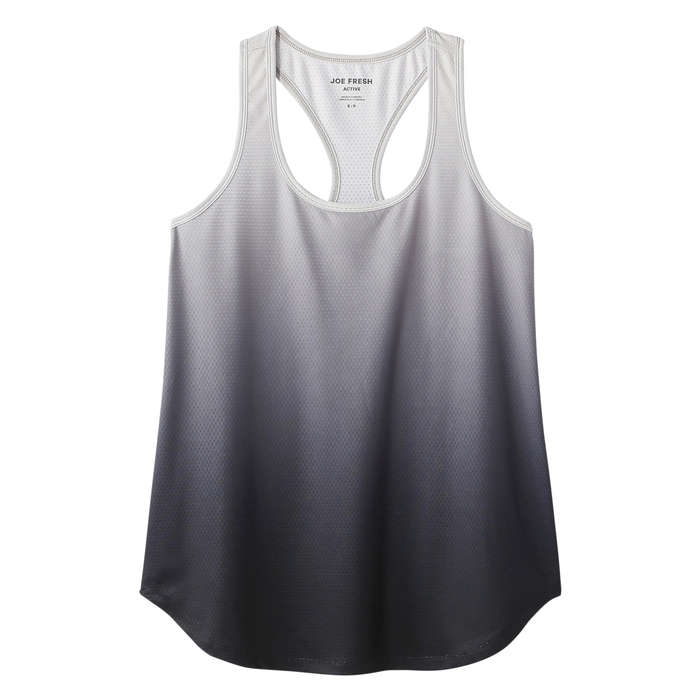
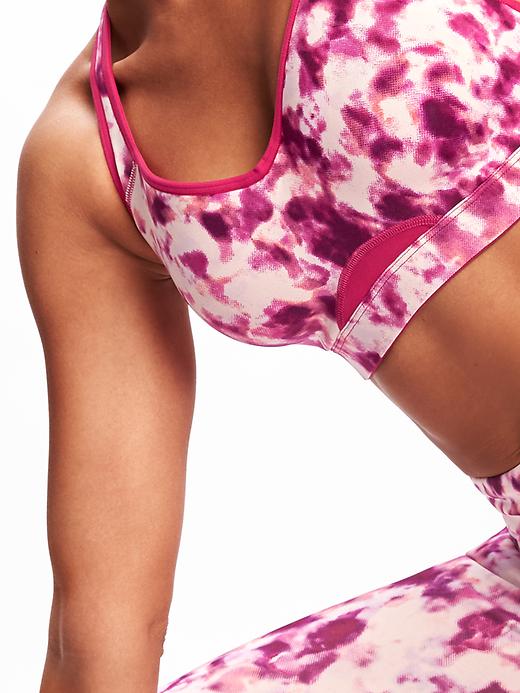
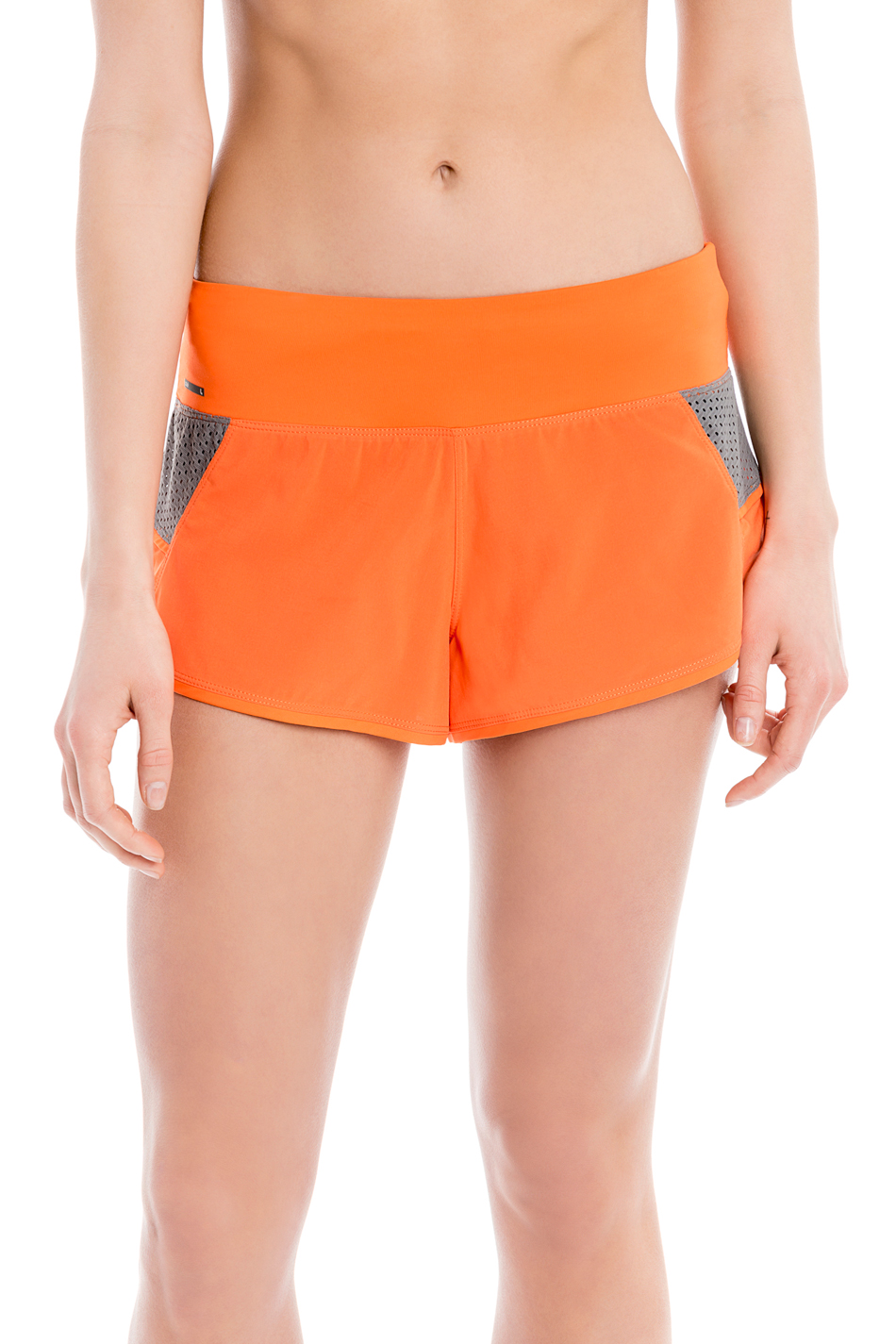



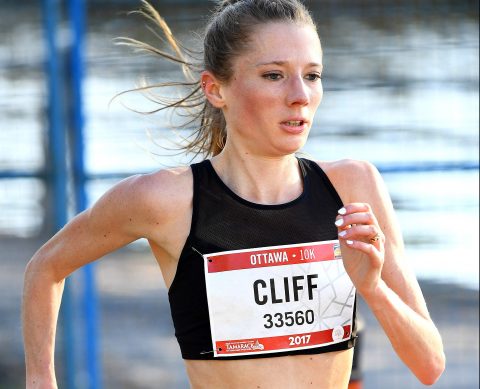



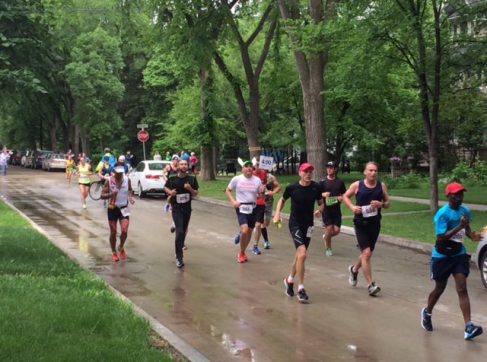
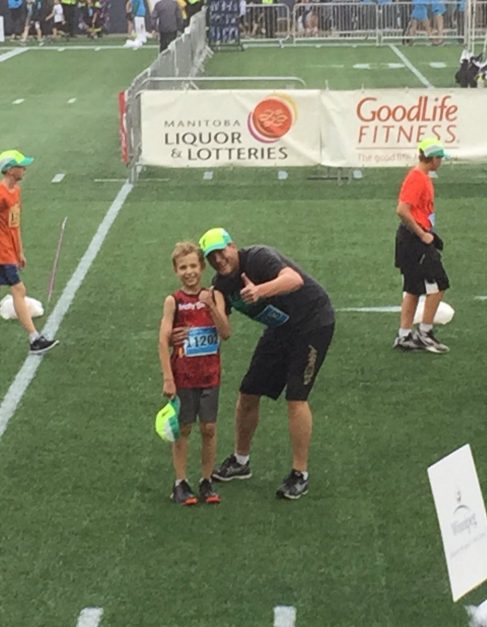
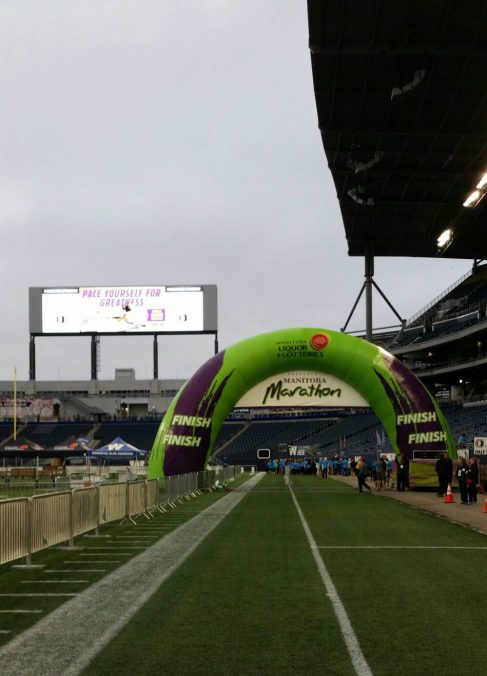

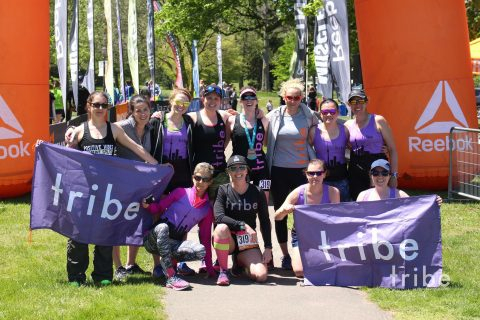
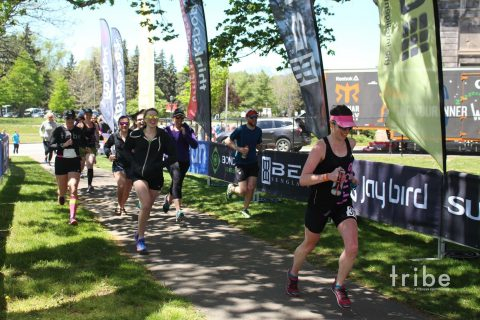


 Our Magazine
Our Magazine
